Zhiqiang Xia
Towards thinner convolutional neural networks through Gradually Global Pruning
Mar 29, 2017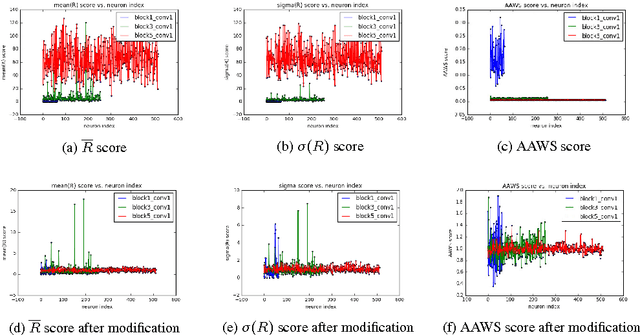
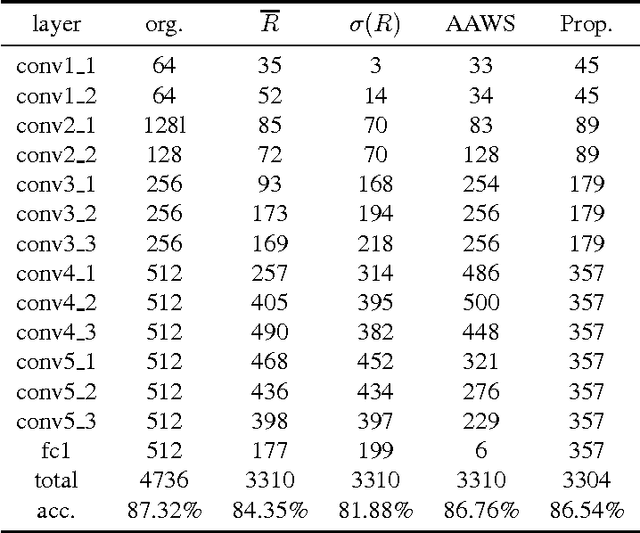
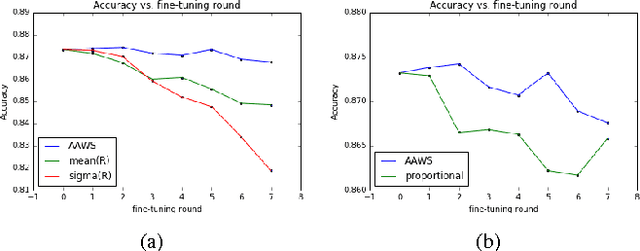
Abstract:Deep network pruning is an effective method to reduce the storage and computation cost of deep neural networks when applying them to resource-limited devices. Among many pruning granularities, neuron level pruning will remove redundant neurons and filters in the model and result in thinner networks. In this paper, we propose a gradually global pruning scheme for neuron level pruning. In each pruning step, a small percent of neurons were selected and dropped across all layers in the model. We also propose a simple method to eliminate the biases in evaluating the importance of neurons to make the scheme feasible. Compared with layer-wise pruning scheme, our scheme avoid the difficulty in determining the redundancy in each layer and is more effective for deep networks. Our scheme would automatically find a thinner sub-network in original network under a given performance.
Attribute-controlled face photo synthesis from simple line drawing
Feb 09, 2017
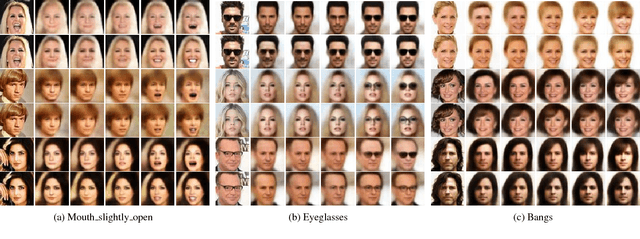
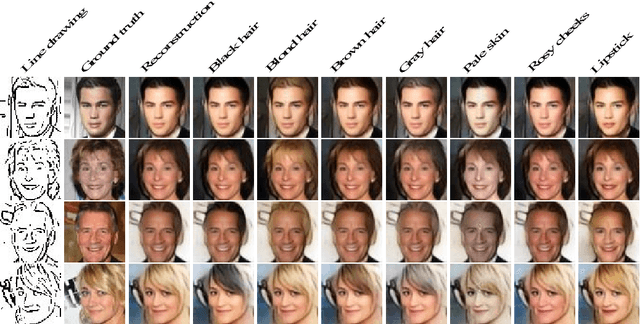
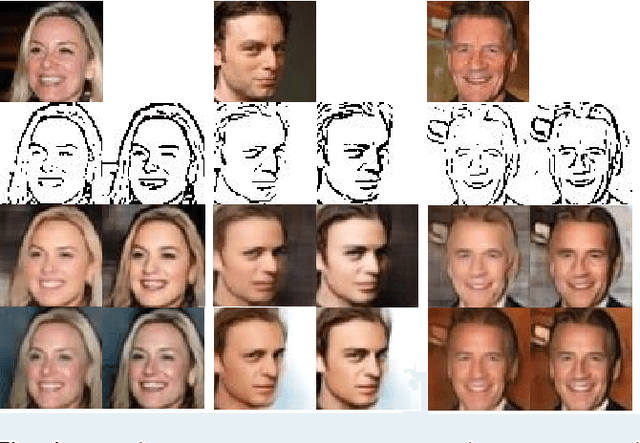
Abstract:Face photo synthesis from simple line drawing is a one-to-many task as simple line drawing merely contains the contour of human face. Previous exemplar-based methods are over-dependent on the datasets and are hard to generalize to complicated natural scenes. Recently, several works utilize deep neural networks to increase the generalization, but they are still limited in the controllability of the users. In this paper, we propose a deep generative model to synthesize face photo from simple line drawing controlled by face attributes such as hair color and complexion. In order to maximize the controllability of face attributes, an attribute-disentangled variational auto-encoder (AD-VAE) is firstly introduced to learn latent representations disentangled with respect to specified attributes. Then we conduct photo synthesis from simple line drawing based on AD-VAE. Experiments show that our model can well disentangle the variations of attributes from other variations of face photos and synthesize detailed photorealistic face images with desired attributes. Regarding background and illumination as the style and human face as the content, we can also synthesize face photos with the target style of a style photo.
Every Filter Extracts A Specific Texture In Convolutional Neural Networks
Aug 18, 2016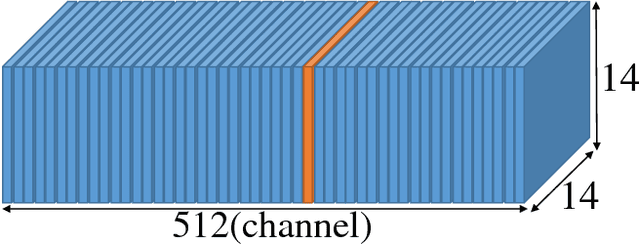
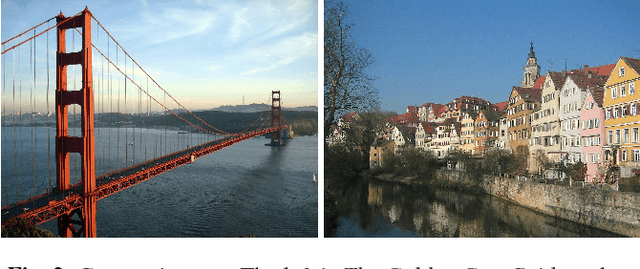


Abstract:Many works have concentrated on visualizing and understanding the inner mechanism of convolutional neural networks (CNNs) by generating images that activate some specific neurons, which is called deep visualization. However, it is still unclear what the filters extract from images intuitively. In this paper, we propose a modified code inversion algorithm, called feature map inversion, to understand the function of filter of interest in CNNs. We reveal that every filter extracts a specific texture. The texture from higher layer contains more colours and more intricate structures. We also demonstrate that style of images could be a combination of these texture primitives. Two methods are proposed to reallocate energy distribution of feature maps randomly and purposefully. Then, we inverse the modified code and generate images of diverse styles. With these results, we provide an explanation about why Gram matrix of feature maps \cite{Gatys_2016_CVPR} could represent image style.
 Add to Chrome
Add to Chrome Add to Firefox
Add to Firefox Add to Edge
Add to Edge